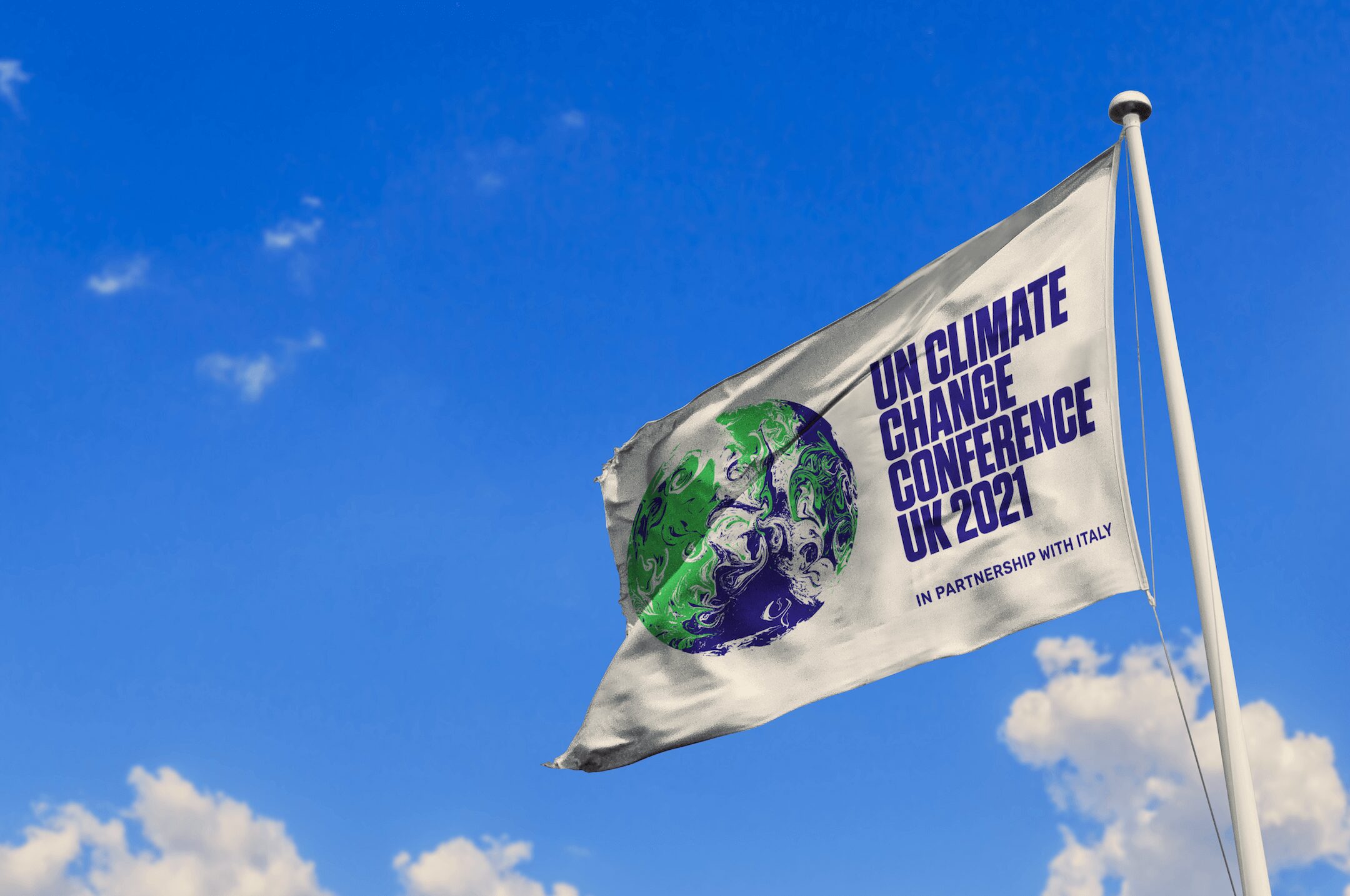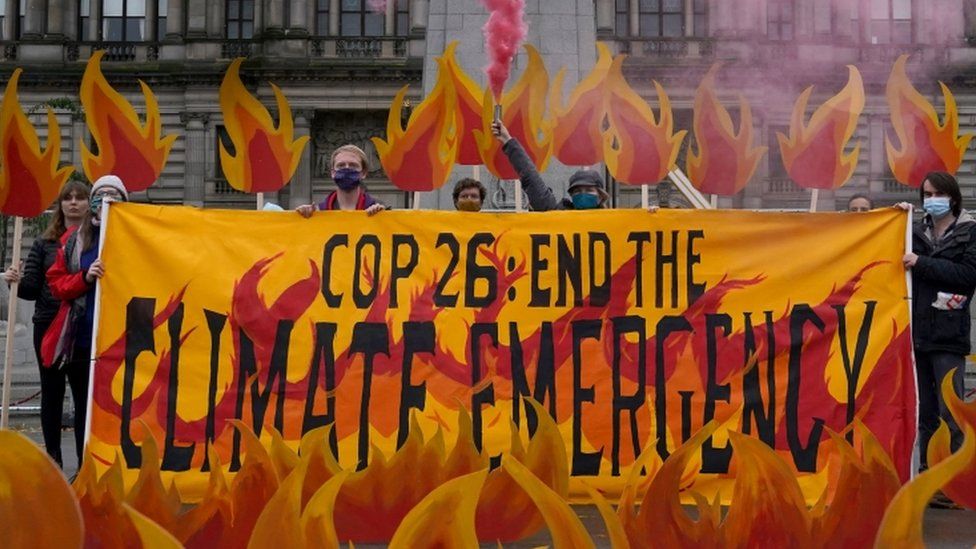COP26 is the main game in town when it comes to climate change. Each year the best and brightest from around the world converge on the UNFCCC Conference of Parties (COP) to negotiate terms for how the world moves forward on climate action. Since 2015, this gathering has focused on the planning and rules for, and implementation of the Paris Agreement. Alongside formal negotiations are a range of formal and informal side events, complete with perspectives from national governments; business, markets and investment experts; and community and First Nations leaders.
COP is as much about the negotiations, as it is about the knowledge sharing and the capacity building – connecting business, government and civil society and building the relationships across these divides to enable collaborative solutions to this existential crisis.
This year we expect to see a range of critical announcements from countries relating to net-zero 2050 goals, increased 2030 ambitions, and investment targets. Countries are also expected to finalise the rulebook for implementation of Article 6 the global ‘sustainable development’ carbon markets mechanism that will enable the private sector to contribute to emission reduction commitments across the planet.
Article 6 is a critical piece of the puzzle, as it institutionalises the role of carbon markets to be used as a tool to increase climate ambition, and if modelled and implemented correctly, actually incentivises businesses to decarbonise. To get Article 6 over the line at COP26, we need to find landing zones on a few key areas, including:
- accounting rules to prevent double counting, and ensure corresponding adjustments if mitigation outcomes (carbon credits) are traded across jurisdictions;
- How the previous Kyoto Clean Development Mechanism (CDM – former global carbon market framework) activities and carbon “units” might be transitioned over into the new Article 6.4 global carbon market ‘sustainable development’ mechanism;
- How the “share of proceeds” from sale of mitigation outcomes from the above Article 6.4 mechanism would be set aside for adaptation in the most vulnerable countries; and how a share of proceeds could be expected from any bilateral carbon market arrangements set up between different countries undert Article 6.2; and
- how to ensure environmental integrity is assured, and that any carbon market activities operating under the auspices of Article 6 result in net reductions or “Overall Mitigation in Greenhouse Emissions” (OMGE).
There’s more to come as we head into the next two weeks. The first week is the slow build into the difficult negotiations, and in the second week we see the arroval of most Heads of State, along with a raft of exciting announcements and the culmination of nearly 14 days (and nights) of straight negotiating. In the final hours of COP, unresolved issues are elevated to the political leaders to hash out behind closed doors, and hopefully resolve, with triumphant announcements made late on the Friday or in the early hours of Saturday morning.
We’re keeping watch, but if you want to check out where we left of last time, at COP25, check out our Key Takeaways from COP25.




